How To Plant Agapanthus And Agapanthus Care
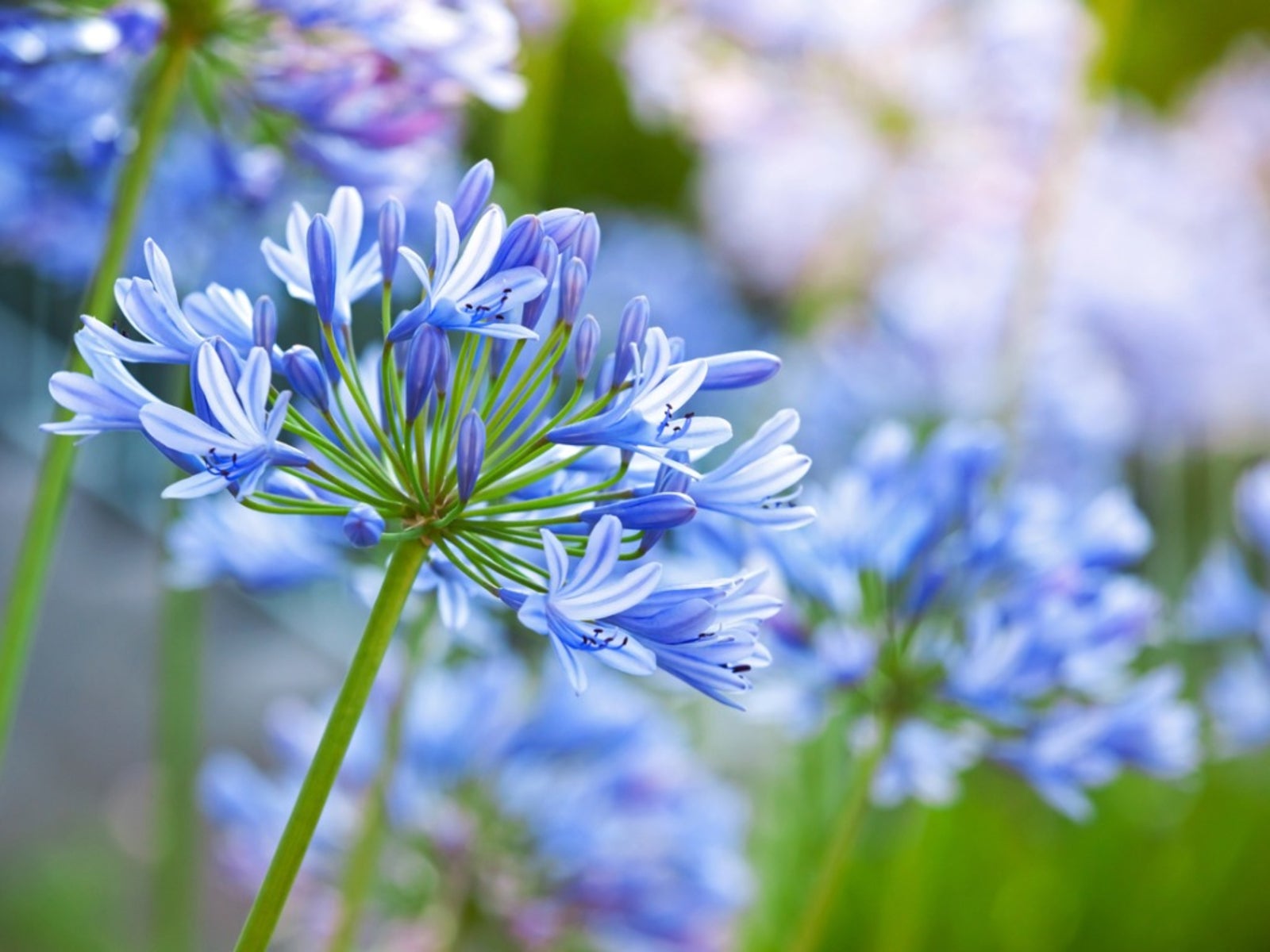
The Agapanthus, commonly referred to as the Lily-of-the-Nile or the African lily plant, is an herbaceous perennial from the Amaryllidaceae family that is hardy in USDA zones 7 to 11. This South African native beauty displays large masses of striking blue or white flowers atop a tall and slender stalk. Agapanthus plants reach up to 4 feet (1 m.) at maturity and bloom from June through August.
How to Plant Agapanthus
Agapanthus planting is best done during the fall or winter in warm climates. Agapanthus makes a lovely back border or focal plant due to its height, beautiful trumpet-shaped flowers, and leaf texture. For a dramatic effect, plant a large grouping throughout a sunny garden spot. Agapanthus flowers can also be used in container plantings in cooler regions. Growing Agapanthus requires a sunny to partly shady location and regular water. Mulching is helpful to retain moisture with new plants set about 1 to 2 inches (2.5-5 cm.) apart. While it is very tolerant to a wide variety of soil conditions, they do enjoy some rich compost or organic matter added during your agapanthus planting.
Agapanthus Care
Caring for an Agapanthus plant is easy in warmer regions. Once planted, this beautiful plant requires very little upkeep. To maintain health and performance, divide the plant once every three years. Be sure to get as much of the root as possible when dividing and only divide after the plant has bloomed. A potted Agapanthus does best when it is mildly root-bound. For those in cooler climates, potted Agapanthus plants must be brought indoors for the winter. Water the plant only once a month or so and place back outdoors after the threat of frost has passed. This easy to grow perennial is a favorite of both southern and northern gardeners alike who appreciate how easy it is to care for and admire the remarkable flower display. As an added bonus, Agapanthus flowers make an eye-catching addition to any cut flower arrangement and the seed heads can be dried for year-round enjoyment. Warning: Extreme caution should be taken when handling the Apaganthus plant, as it is poisonous if ingested and a skin irritant. Those with sensitive skin should wear gloves when handling the plant.
Gardening tips, videos, info and more delivered right to your inbox!
Sign up for the Gardening Know How newsletter today and receive a free copy of our e-book "How to Grow Delicious Tomatoes".
-
 Looking For Plants To Give You The Soft And Fuzzies? Try These 5 Fuzzy Leaf Plant Options
Looking For Plants To Give You The Soft And Fuzzies? Try These 5 Fuzzy Leaf Plant OptionsLovers of texture, drama, silver foliage and tactile plants will adore these special sensory garden additions. These fuzzy leaf plant options will leave you all aglow
By Susan Albert
-
 Get Ready For A Summer Of Hummers! Grow These Full Sun Hummingbird Plants and Flowers
Get Ready For A Summer Of Hummers! Grow These Full Sun Hummingbird Plants and FlowersIf you’re lucky enough to enjoy a sunny backyard, make sure you are maxing out on your pollinator opportunities and grow these full sun hummingbird plants and flowers
By Tonya Barnett
-
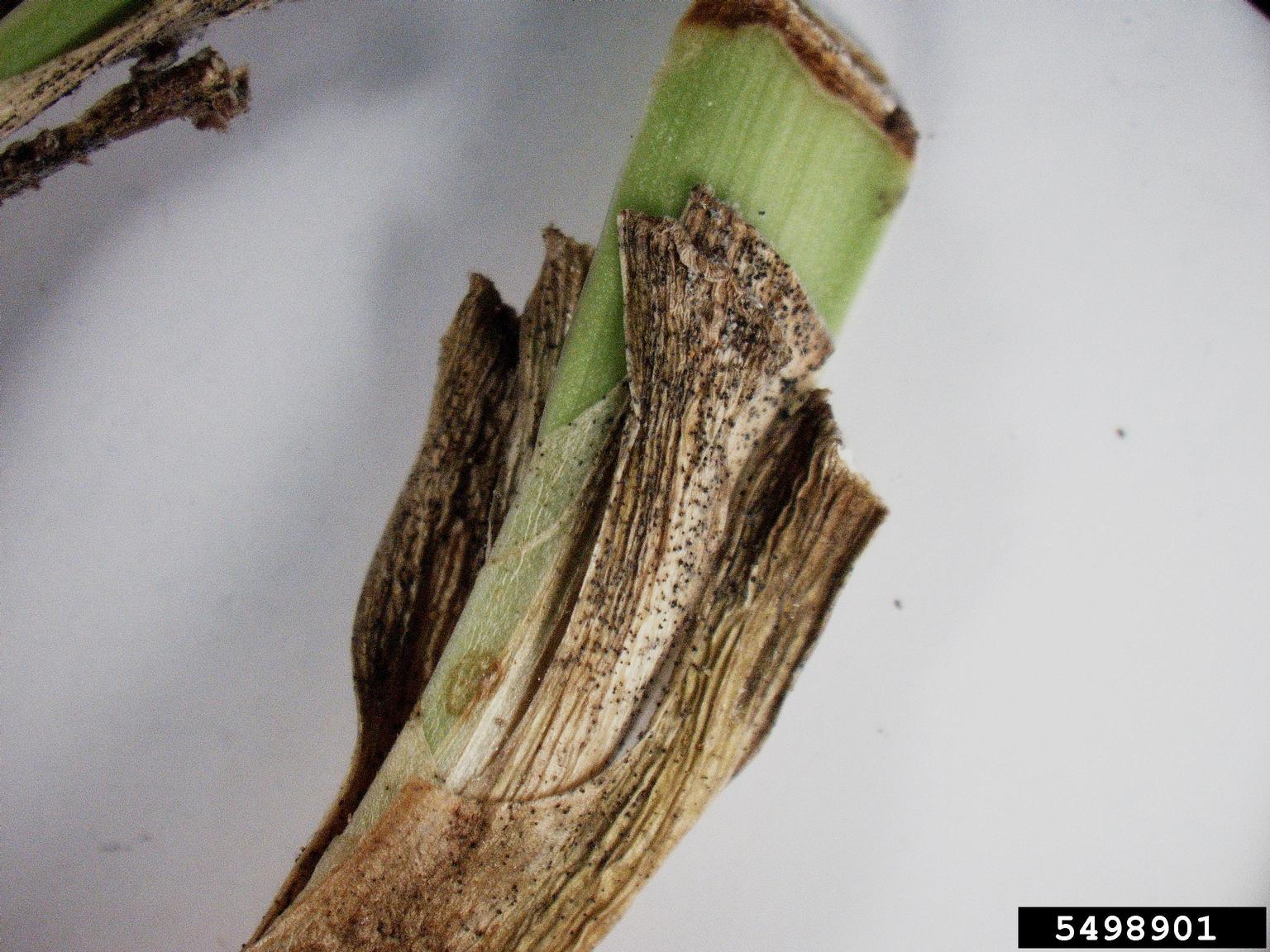 Agapanthus Problems: Tips For Treating Diseases Of Agapanthus Plants
Agapanthus Problems: Tips For Treating Diseases Of Agapanthus PlantsAgapanthus is an attractive flowering perennial native to southern Africa. The plant is easy to care for and often disease free, but some agapanthus problems can be devastating. To learn more about agapanthus diseases and treatment, chick here.
By Liz Baessler
-
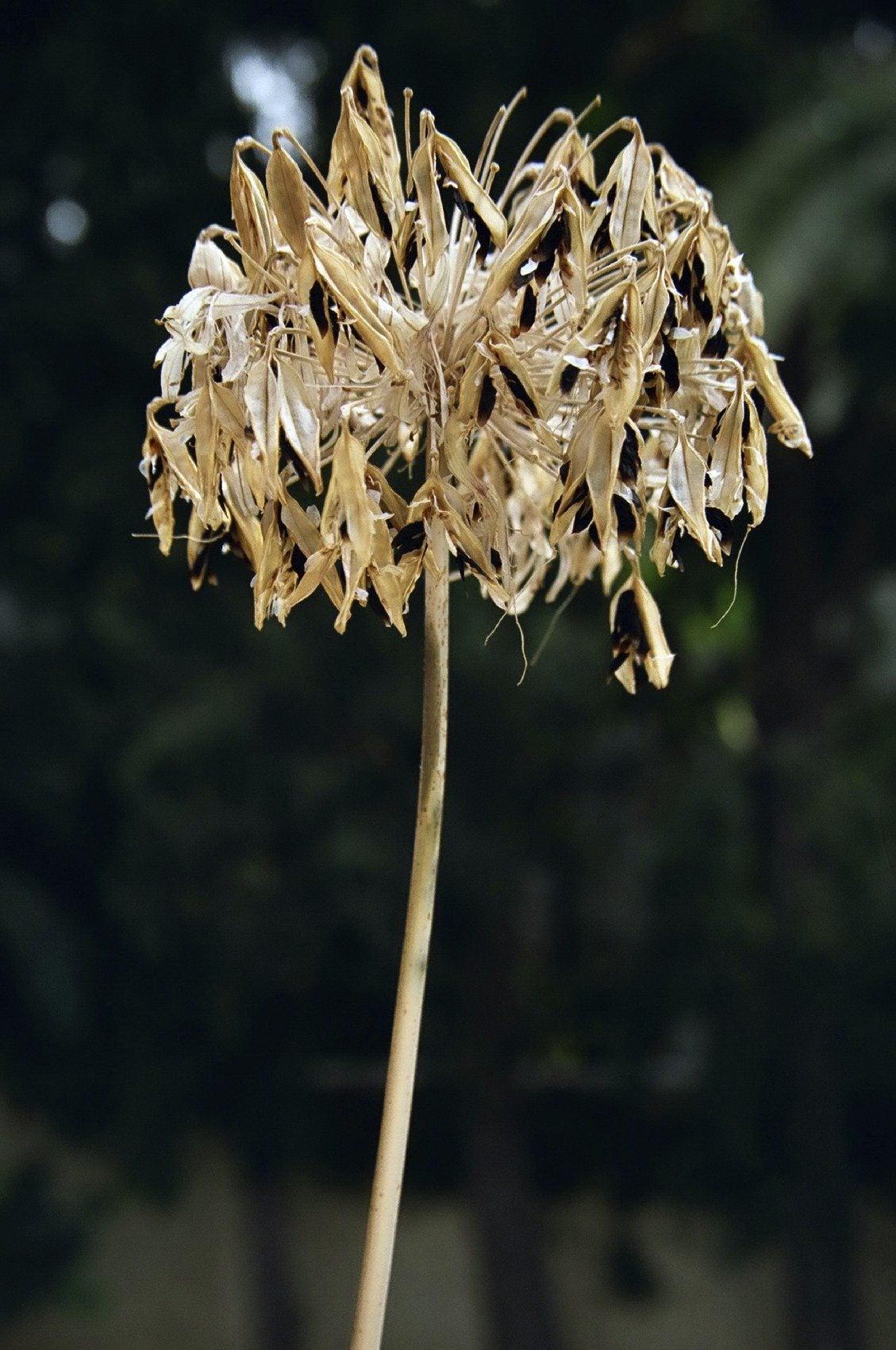 Agapanthus Pruning: Tips On Cutting Back Agapanthus
Agapanthus Pruning: Tips On Cutting Back AgapanthusTrimming agapanthus plants is an easy task that keeps this perennial bloomer from becoming shaggy and overgrown. Learn more about when and how to prune agapanthus plants in the article that follows. Click here.
By Mary H. Dyer
-
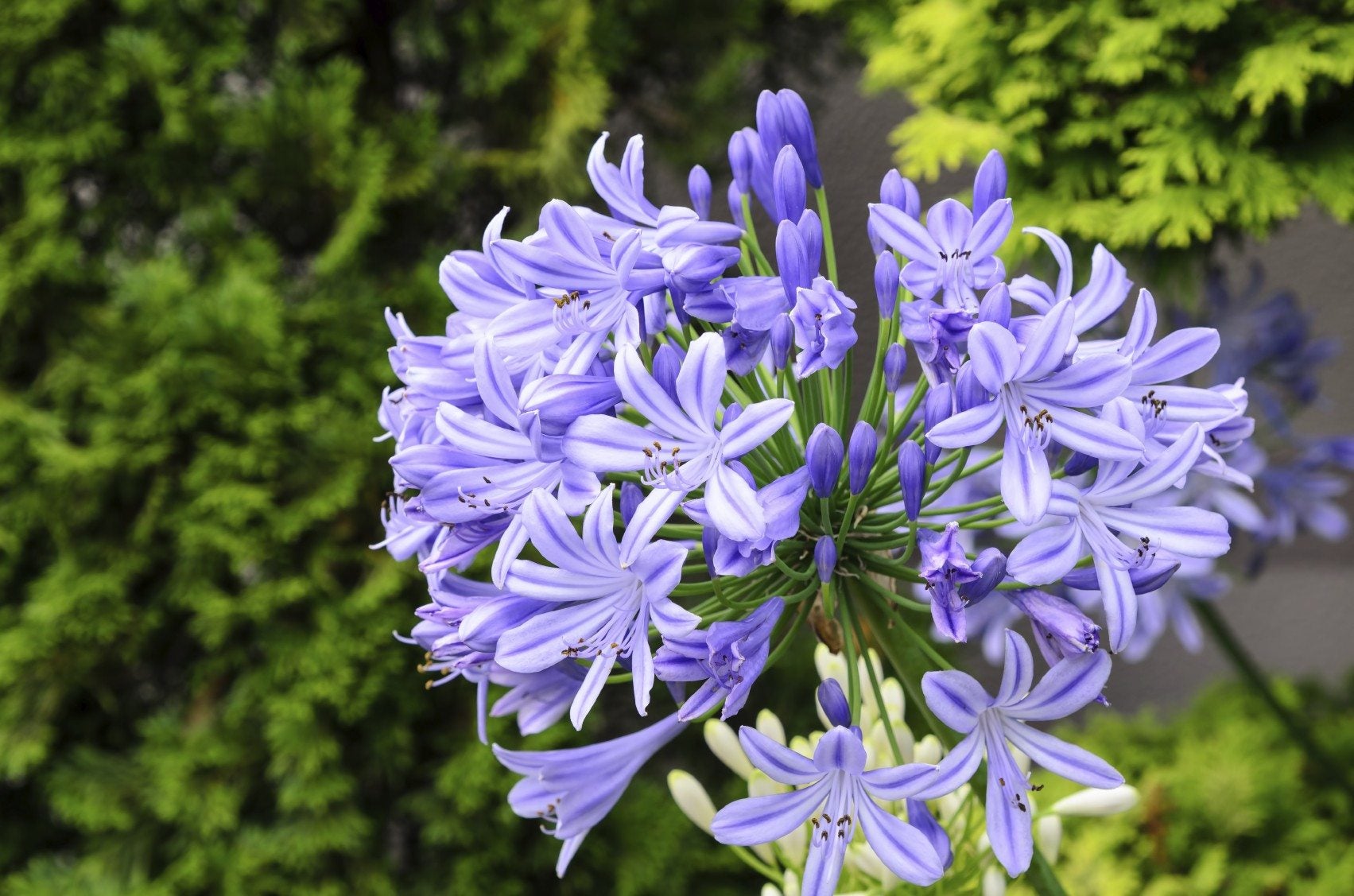 When To Fertilize Agapanthus – Tips On Fertilizing Agapanthus Plants
When To Fertilize Agapanthus – Tips On Fertilizing Agapanthus PlantsAgapanthus is a heavy feeder and does best with organic compost worked into the soil at planting and fertilizer during its growing period. Knowing when to fertilize agapanthus and what formulas to use will ensure big, bountiful blooms and healthy plants. Learn more here.
By Bonnie L. Grant
-
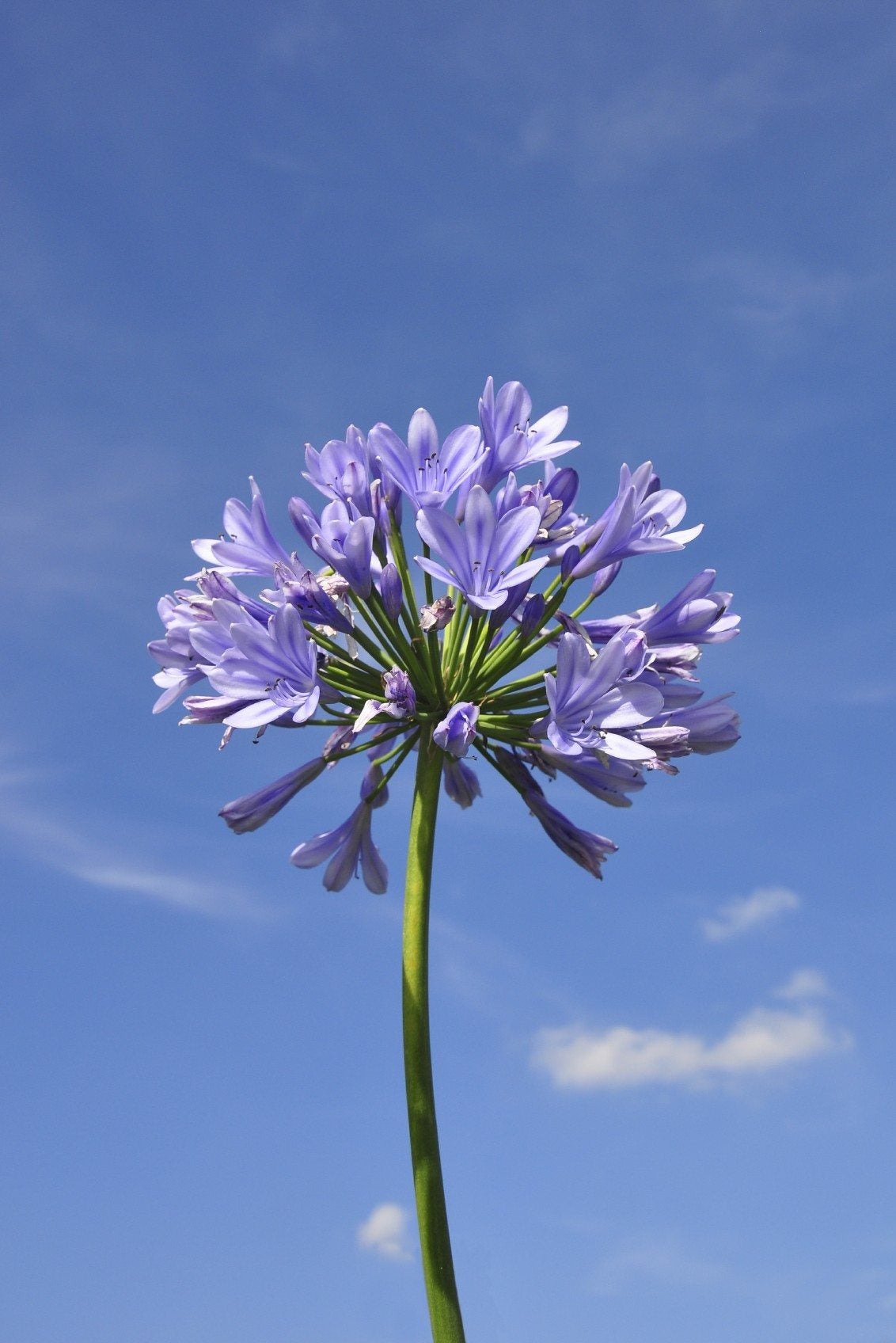 Agapanthus Flowering: Bloom Time For Agapanthus Plants
Agapanthus Flowering: Bloom Time For Agapanthus PlantsAgapanthus plants produce exotic-looking, lily-like blooms that take center stage in the garden. When is agapanthus bloom time and how often does agapanthus bloom? Click this article to find out so you can enjoy their flowers in your garden.
By Mary H. Dyer
-
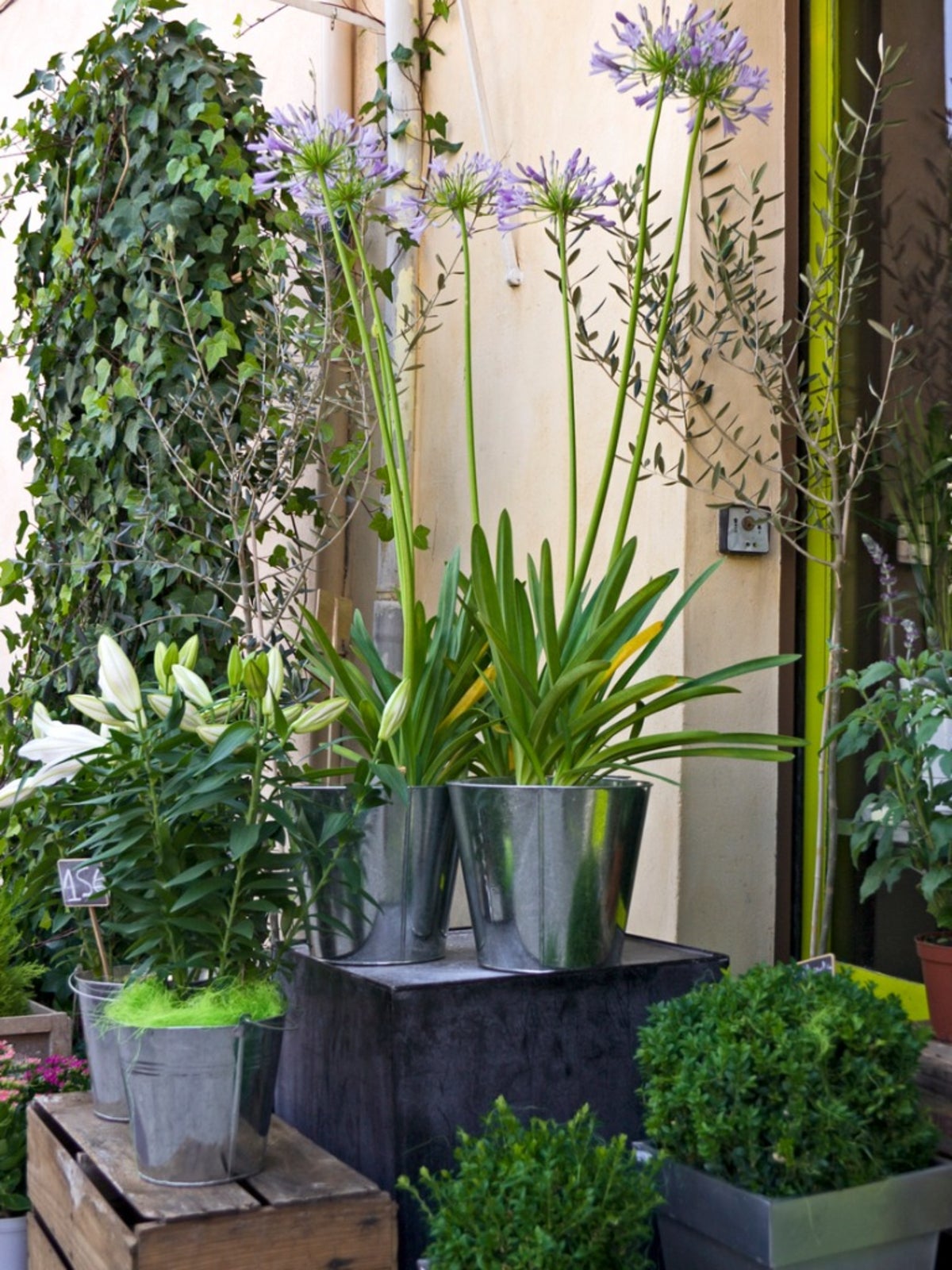 Agapanthus Container Planting: Can You Grow Agapanthus In A Pot
Agapanthus Container Planting: Can You Grow Agapanthus In A PotAgapanthus can be planted directly in the garden, but growing agapanthus in pots is very easy and worthwhile. Click the article that follows to learn more about planting agapanthus in containers and care for agapanthus in pots.
By Liz Baessler
-
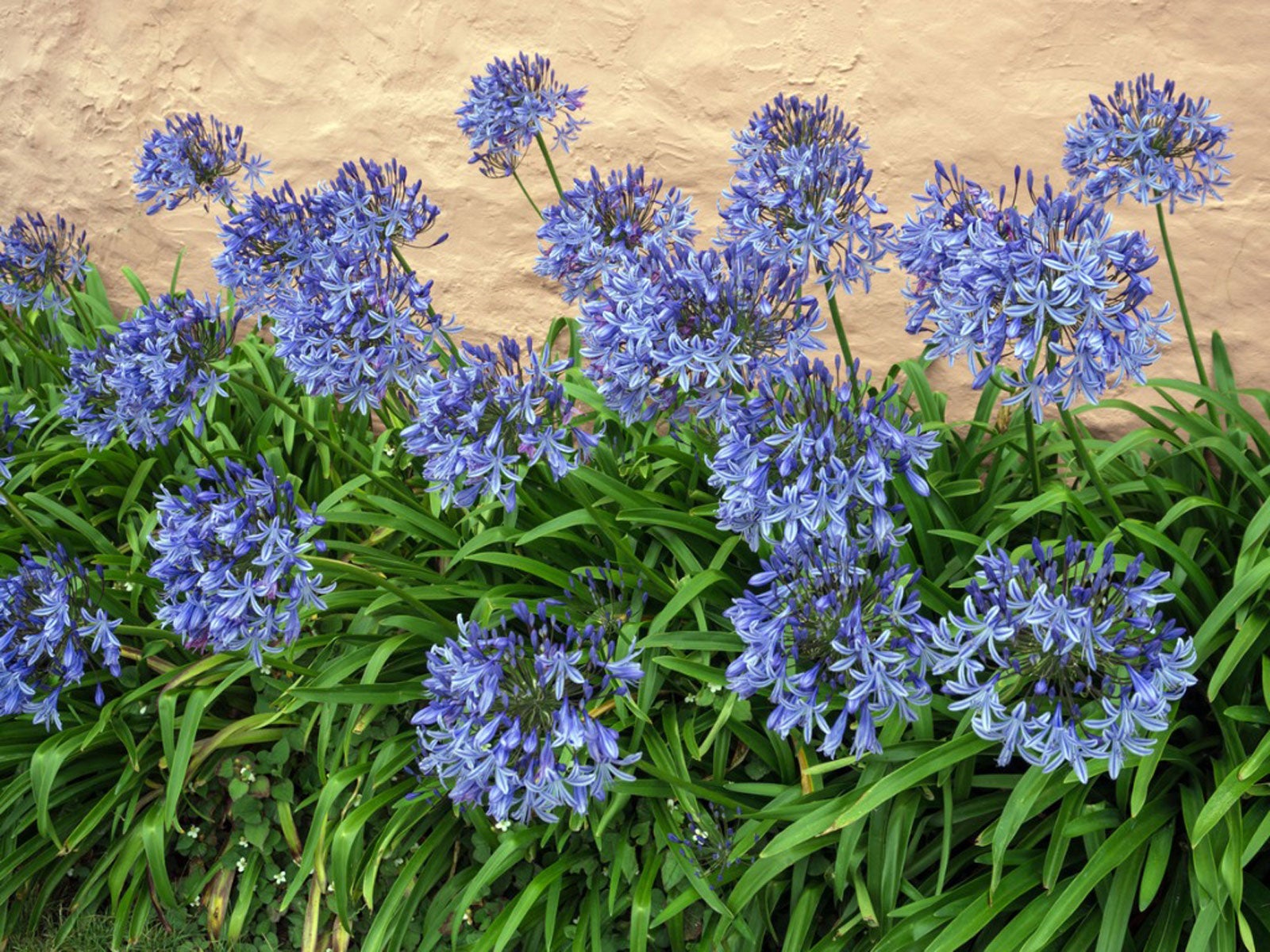 Dividing Agapanthus Plants: When And How To Divide An Agapanthus Plant
Dividing Agapanthus Plants: When And How To Divide An Agapanthus PlantYou can get extra plants by dividing and transplanting agapanthus. Learn more in this article so you can enjoy an endless supply of these flowers.
By Teo Spengler
-
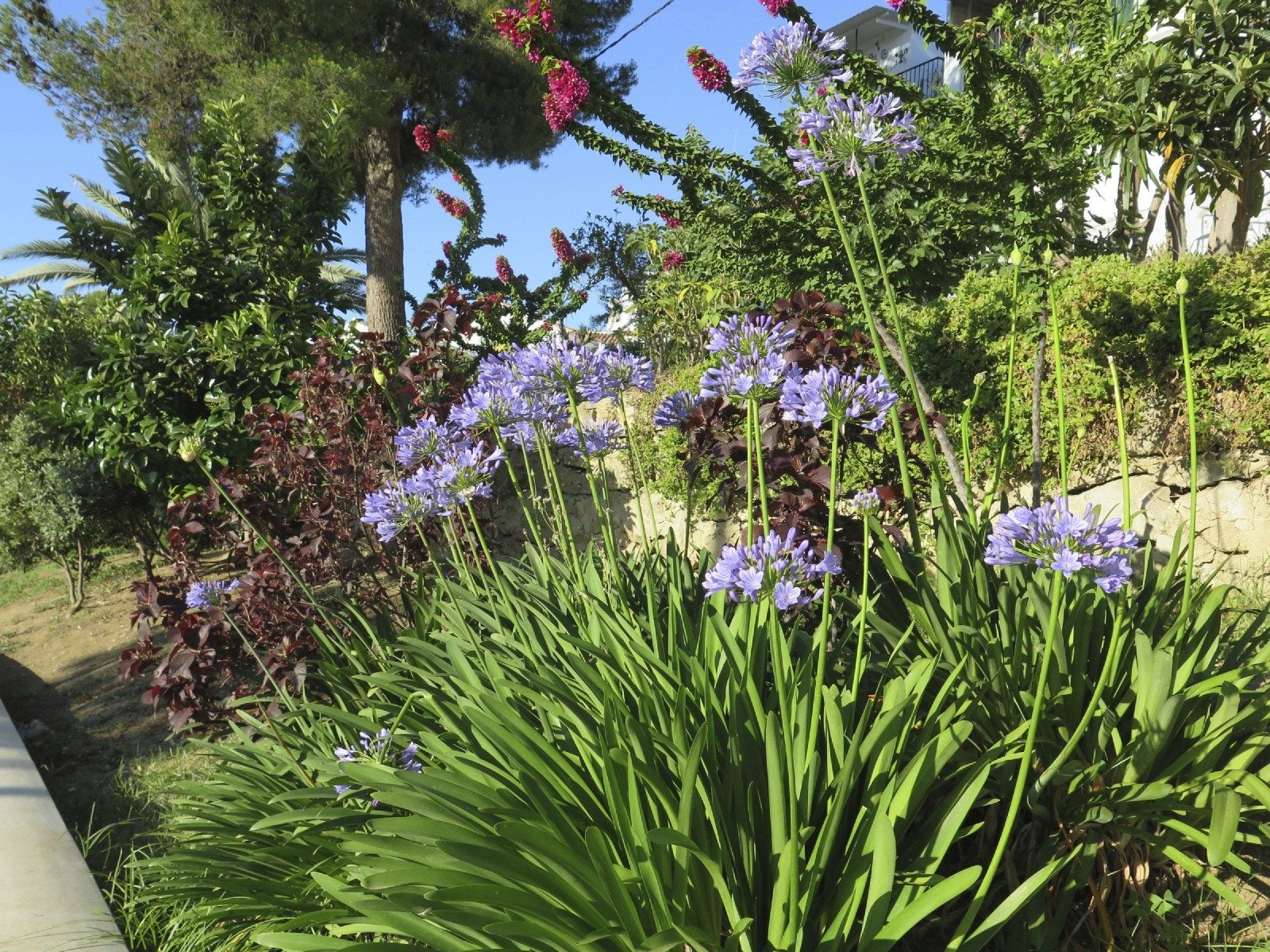 Companion Planting With Agapanthus: Good Companion Plants For Agapanthus
Companion Planting With Agapanthus: Good Companion Plants For AgapanthusAlthough you may be tempted to dedicate a flower bed to agapanthus, remember that agapanthus companion plants can complement these beauties. Click this article for information about plants that grow well with agapanthus.
By Teo Spengler
-
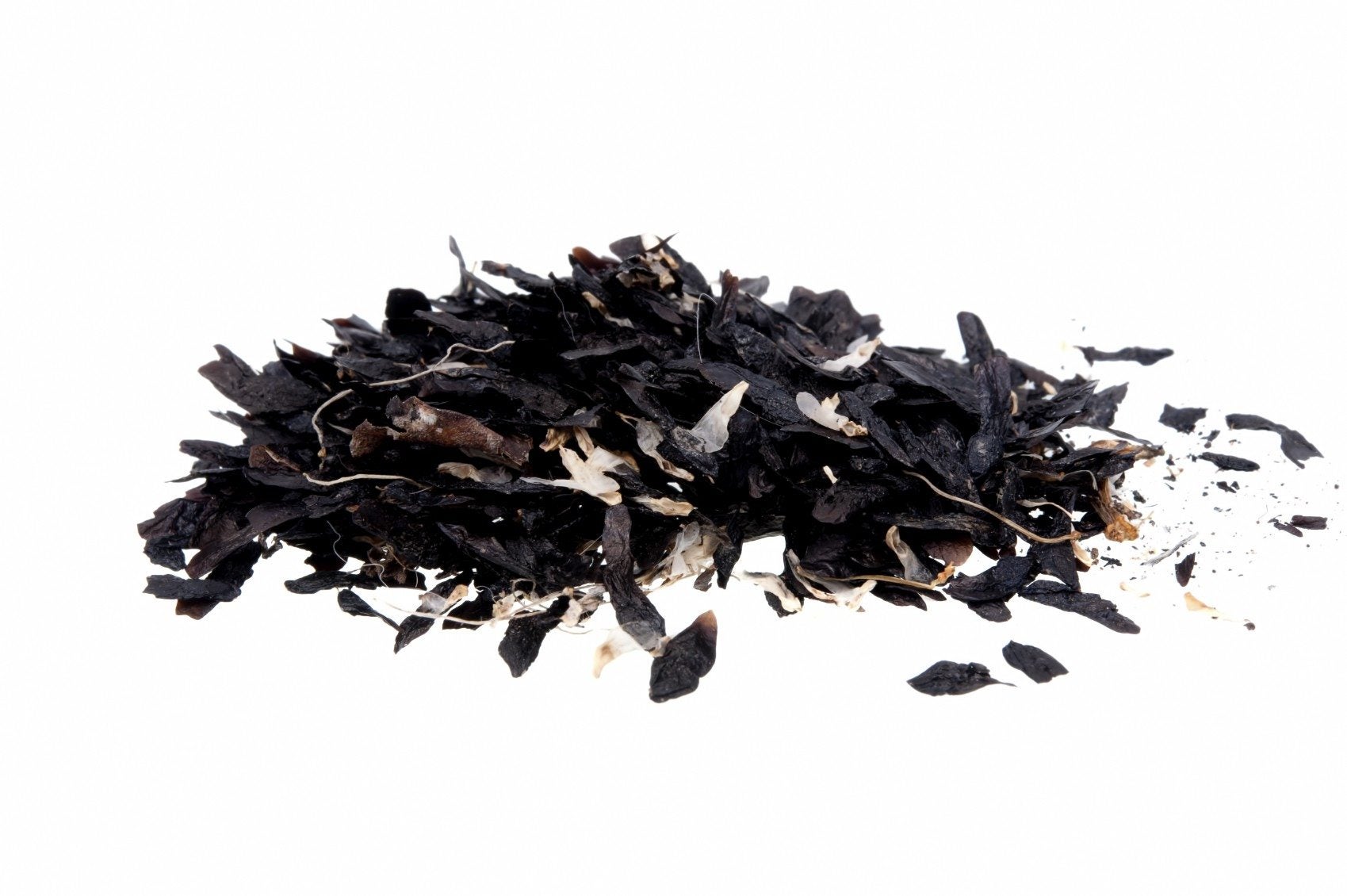 Agapanthus Seed Pods – Tips On Propagating Agapanthus By Seed
Agapanthus Seed Pods – Tips On Propagating Agapanthus By SeedAgapanthus seed propagation isn't difficult, but keep in mind that the plants likely won't produce blooms for at least two or three years. If this sounds like the way to go, read this article to learn about propagating agapanthus by seed, step by step.
By Mary H. Dyer